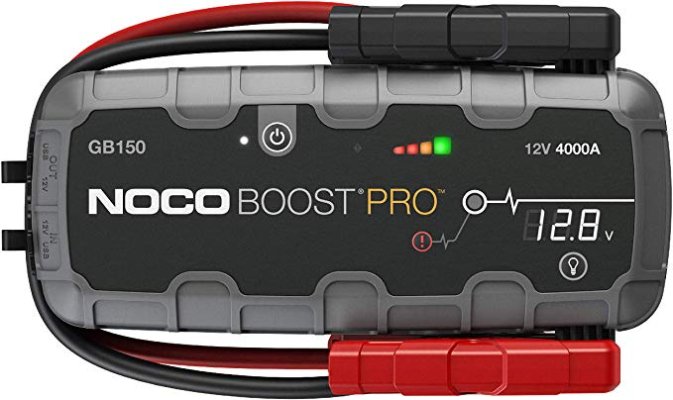I was going through a locker on the boat full of "stuff" today, trying to clean out some of that junk we boaters collect as we go through life, and I found four US dimes (a 10 cent piece for those unfamiliar with the term dime), neatly wrapped and shiny new.
For those of you who do not have a compression release on your diesels (propulsion or genset) here is an old engineer's trick that may one day save your bacon.
When you find yourself with "dead" batteries, you should stop cranking immediately. Next, take off the valve cover and insert one thin dime (and only a dime if you do not want the possibility that the pistons will hit the valves) between the rocker arm and the exhaust valve stem. This will essentially release all compression and what power is left in your batteries should be able to turn the engine over fairly easily.
As the engine turns over, pull out one dime (in the proper firing order) using needle nose pliers and she should begin to run on that one cylinder, perhaps still requiring a bit of help from the starter. As you continue to remove dimes in the correct firing order, your engine should run on 2 or 3 cylinders well enough to get all the dimes out and be running on all cylinders.
Without a valve cover there is obviously going to be quite a bit of oil squirting out, but what's a bit of clean up compared to what could happen if you can't get your engine started?
I hope this will help at least one of you out one day.
p { margin-bottom: 0.1in; line-height: 115%; }

